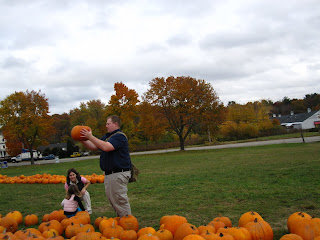
Often times in architecture we are not able to visit the buildings we study. It would be physically impossible to see all of them, so we instead rely on photographs to discover what they look like. While this method of looking at buildings sometimes does not allow for the viewer to fully experience the actual physicality of the structure, photography gives the viewer a specific, permanent view of the building’s ethos that might have otherwise been overlooked. The photographer’s creative license to decide what to include in his or her compositions has the ability to shape many people’s opinions about a building. Their individual views of a building shape our views, giving us a professionally aesthetic view of a structure. A great example of this practice is demonstrated in photographer, Julius Schulman’s work on the case study houses of southern California.
It has been said that “architects live and die by the images that are taken of their work, as these images alone, are what most people see. For every person that visits a private house, there may be 10,000 that only view it as a photograph,” (Visual Acoustics 1:33).
“Architecture affects everybody. From the hospital where you are born, to the schools and grocery stores, markets, libraries, theatres…every part of a person’s life is based upon an architect’s presence,” says Julius Shullman.





















.jpg)
